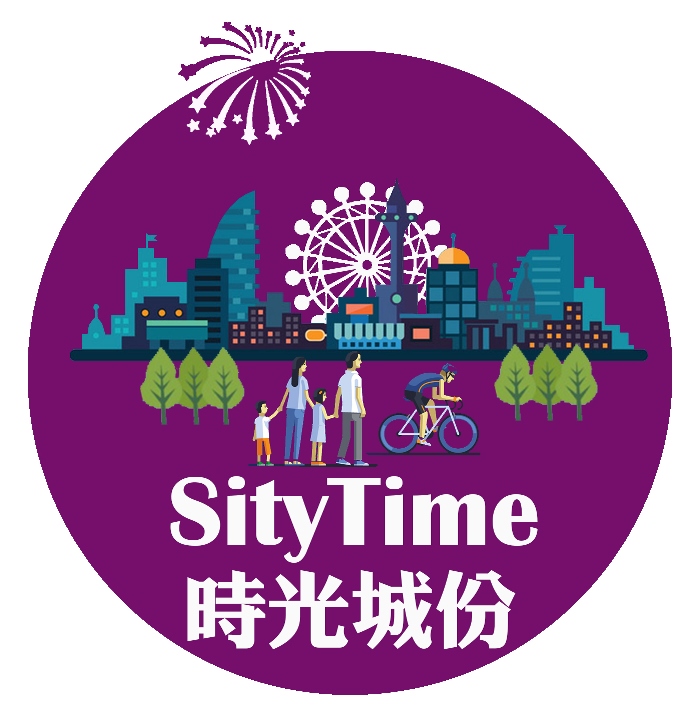Author: Samuel Massie
Picture the house you grew up in.
Now, imagine men smashing out the windows, ripping the front door off its frame, and throwing your shoes out onto the street. A giant hydraulic claw tears open the walls, chunk by chunk, until they collapse in a cloud of dust and plaster. Trucks haul away the rubble, bulldozers smooth the earth, until even the site of your house becomes empty dirt. Then they tear down your neighbor’s house, your best friend’s, your grandma’s, the school, the church, the supermarket, the park… soon those are dirt too. A year later, you come back and find glass high-rises 30 stories high. It’s as though you never existed.
We’ve all heard that China’s economy is booming—GDP doubles every eight years—but what does 10%-a-year growth look like? Most of it comes from construction, but to build things, you need land, and in this hyper-crowded country, there’s always someone in the way. For Science City, that someone was the people of Xintang Village.
Just outside Guangzhou, a megacity the size of New York, the local government is trying to build a new Silicon Valley from scratch. Cheap land and low taxes first lured companies like Sony and LG to open factories here; today, Science City assembles billions of dollars’ worth of cameras, automotive parts, and 3G telecommunications infrastructure. Dozens of glass towers are rising and a new subway line is under construction. Now Luogang District, which houses Science City, has the highest GDP per person in the entire Guangzhou Metropolis. Announcing the triumph of Science, huge busts of famous scientists like Darwin and Newton watch over every street corner (although one sculpture mistakenly shows humans evolving backwards into monkeys).The city should be an emblem of China’s progress, except for one blemish: the dirty slum at its entrance.
I’d passed Xintang Village many times on my way to Guangzhou, and I didn’t notice it until after the demolition started. One day, there was a row of shops and pink tenements. A week later, it was rubble, and two weeks later, it was a park.
“They shouldn’t demolish it like that,” my taxi driver muttered as me drove by. “Lots of people live there, they can walk to the factories, but now they’ll have to take the bus. Think about it. That’s 4 yuan a day.”
“So… that’s about 100 yuan a month,” I said.
“100 yuan. You can eat for an entire week on that!” he said. He told me Xintang would be demolished in 3 stages. Phase 1, I had just seen, Phase 2 was underway… and I decided I had to visit Xintang before Phase 3.

Photography by Steve Bromberg.
An excavator sits in front of abandoned tenement housing in Xintang, Guangzhou.
The next Saturday, I hired a motorcycle driver to take me to Xintang, and we zipped past trucks and busses until we finally stopped at the village gate. There, I found Steve, my photographer, friend chatting with an old fruit seller.
“Wow, you can speak Chinese?” she said. “Look, the foreigner’s speaking Chinese!”
The market stank with fish, trash, and smoke, but it was throbbing with people. Six cooks, each with his own pushcart and portable gas stove, tossed noodles in a panor turned chicken skewers, while a tailor sewed dresses with a hand-crank machine. Cramped little shops spilled out onto the street, selling everything from cell phones and LED signs to booze and cigarettes. Some shops blasted techno to lure customers, making a boom-boom-boom sound that felt like a pulse.
“The other side of town used to just like this,” said the fruit lady, pointing down an ominously empty street. “Now they’re going to put up 30 story buildings here. 30 stories!” she laughed.
“It’s a mess,” said the man behind me. “I’ve lived here for 4 years. My rent used to be 150 yuan a month, but then Phase 2 started” – he looked down the street – “and it went up to 400 yuan!”I asked how much the government would compensate the villagers.
“Well, they’re paying one billion yuan to the locals with residence permits. But they haven’t paid up yet and the locals complained. That’s why it stopped—that’s why you see empty buildings, all this trash everywhere. What a waste. But I’m from Hunan,” he added, “not a local, and we out-of-towners get nothing!”
“Is there anything you can do about it?” I asked, maybe naively.
He looked away, like he hadn’t heard the question.
See Next-Smash The Old World, Build The New (2)
Written in July 2011
Notice: This article is written by Samuel Massie. Thank Sam for his support to Sitytime.com. If you want to read more articles from Sam, you are welcome to keep up with Sitytime.com.
The photo we use here is from Steve Bromberg and not for commercial use. If you want to buy this photo or use it for any purposes, please Contact Steve or Contact Stytime. Thank Steve for his generous support.
This is an original article. If you want to reprint it, please credit Sitytime.com and Sam, and get the agreement from us as well.
The link of this article: Smash the Old World, Build the New (1)

发表评论